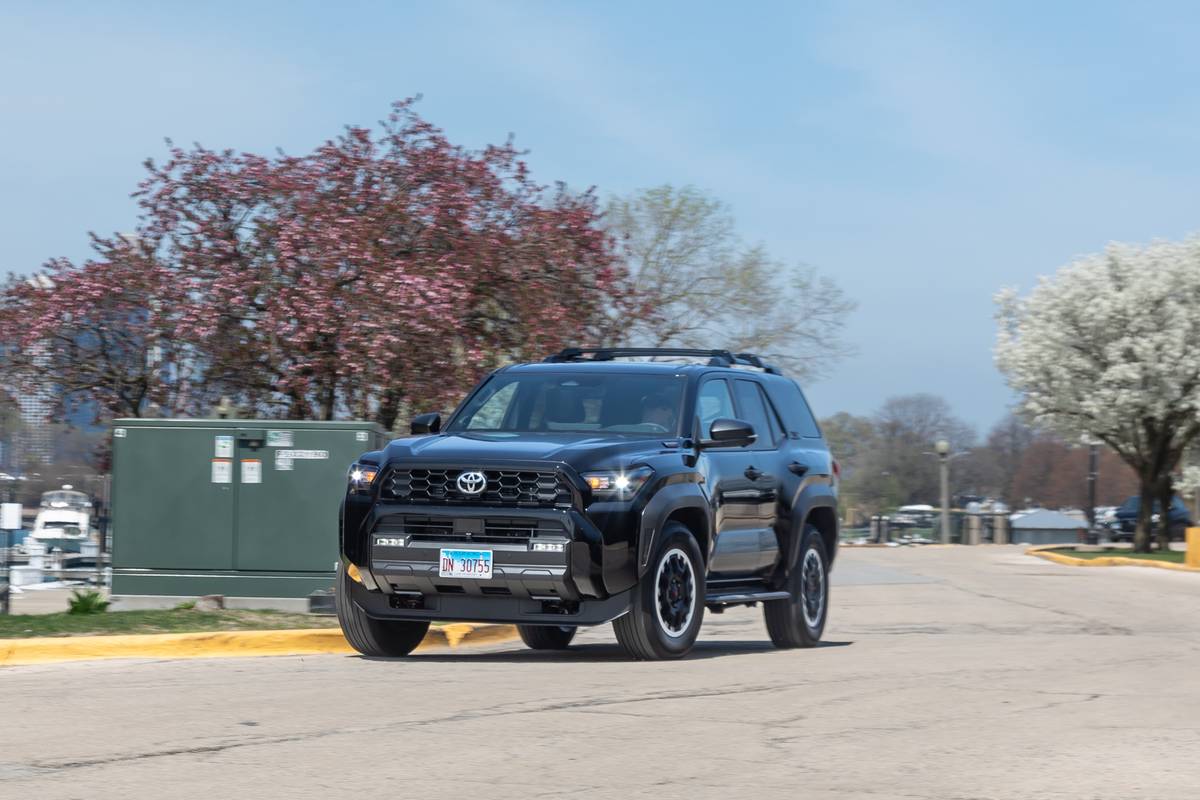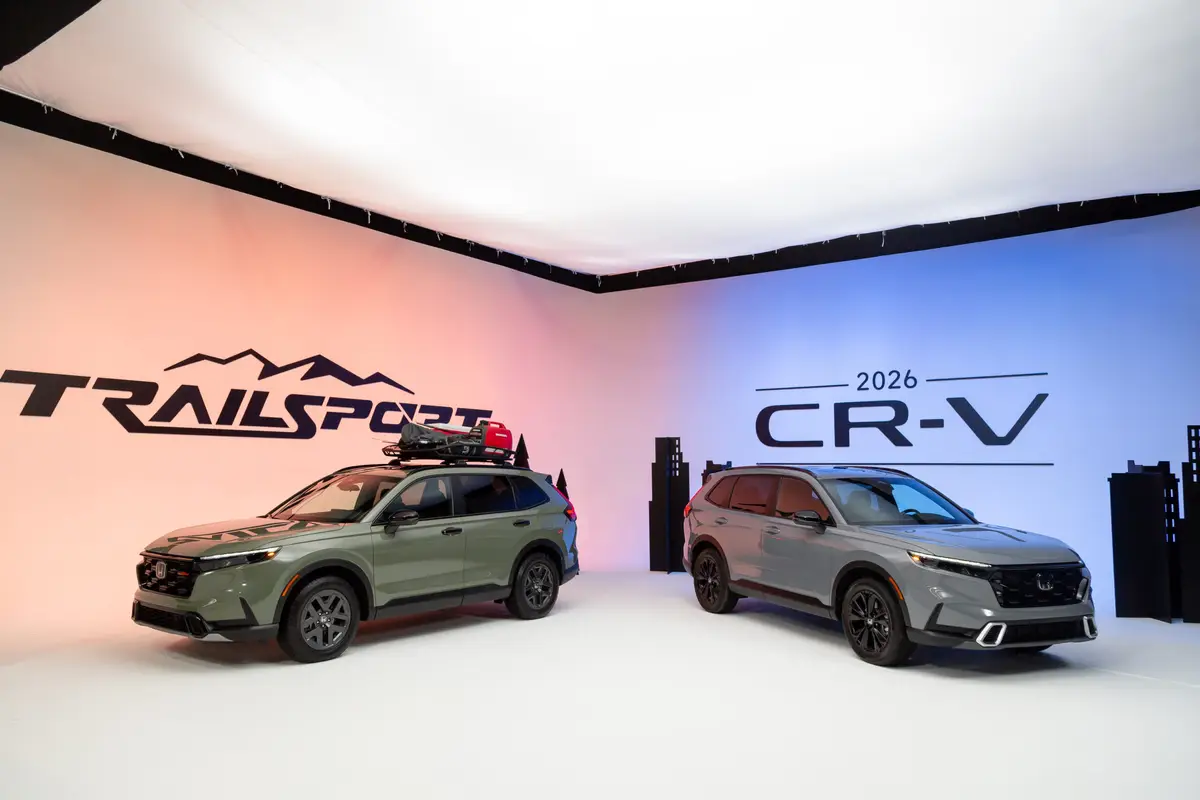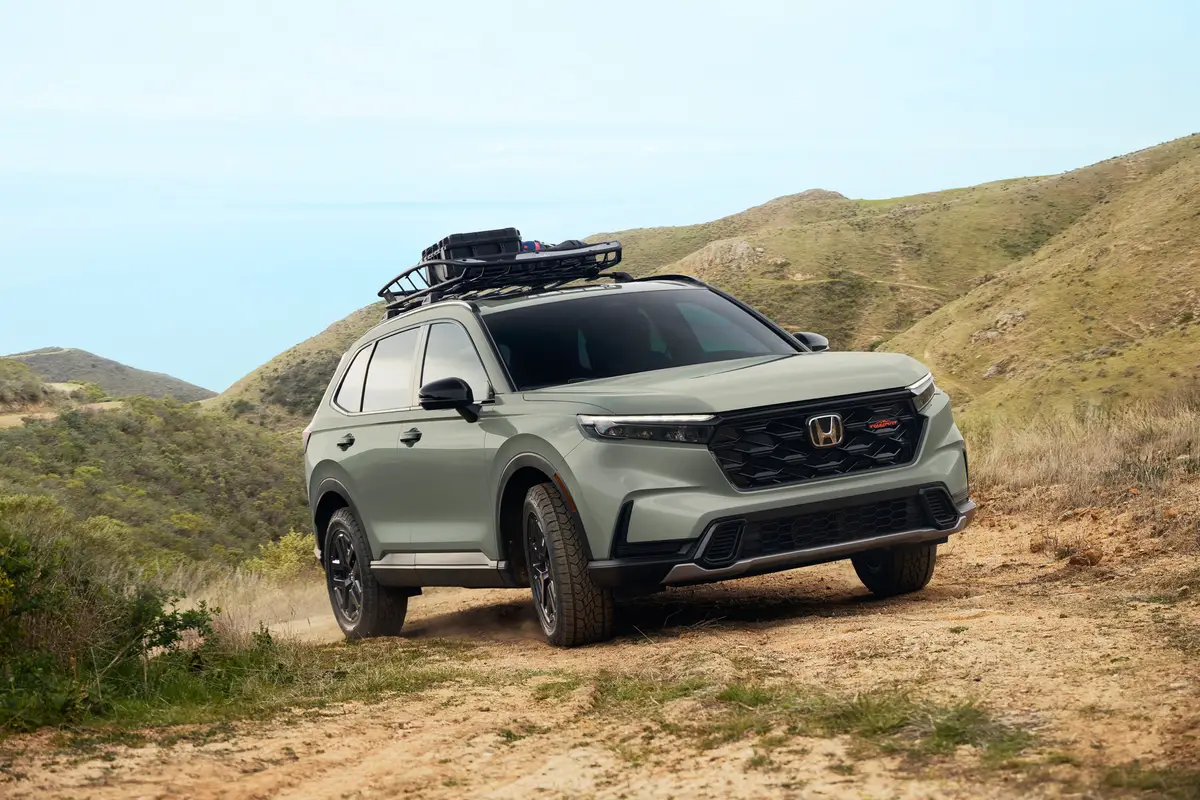AZCentral.com's view
Mercury Sable has returned to the mainstream, back from a poorly conceived trip to the stylistic edge.
Too round, too weird, too drooping in the rear, and too many ovals, said the generally conservative buyers of Sable and its corporate twin, Ford Taurus, when the redesigned sedans appeared in 1997. Sales didn’t exactly tank, but they did wilt.
Now, the looks of both Taurus and Sable have been tamed, losing individuality but becoming more palatable as mass-market automobiles.
Gone are the ovoid features that distinguished the pair. The only recognizable pieces remaining are the basic roofline and concave shape along the sides. Sable’s sloping rear deck and narrow taillights have given way to a standard wedge-shape with fashionably large taillights.
The nose, hood and headlights are so generic, they’d look right on everything from a Lexus to a Buick. Without the Mercury insignia, Sable would be hard to spot.
Inside, all the alien forms have been removed, the unique oval center console with the canted radio controls are now the standard-issue setup. Nothing too scary, but nothing too interesting either.
Sable remains a refined, upmarket automobile that offers a lot of substance for its price. Though it’s no longer distinctive looking, it is stylish and nicely finished, the LS Premium sedan tested here set off with some good-looking alloy wheels and performance tires.
The interior comes with a full load of power and convenience features, and a nicely designed cupholder in the console. The interior seems more spacious, with ample room for five. Trunk space benefited from the new look, which raised the rear deck. The excellent audio system in the test car is a $670 option.
The most interesting features are the powered pedals that adjust fore and aft, designed primarily so shorter drivers can be comfortable without being smacked up against the steering wheel.
But while the interior looks and smells rich (with optional leather trim), there was a certain cheapness about the faux-wood insert in the console. This insert and the plastic bit that covers the shifter mechanism rattled and felt cheap. That’s not up to the solid image Mercury is trying to maintain.
Safety features are abundant in this family sedan, impressive in this price range. Side air bags cost extra, though.
The optional 200-horsepower Duratec engine, a 24-valve V-6, is strong and smooth. It pulls this midsize sedan with authority and proved flexible and quick in traffic. The standard engine is a 3-liter, pushrod V-6 rated at 153 horsepower.
Though the engine performed nicely, the transaxle was not all that cooperative, at least not in the test car. Upshifts were leisurely and downshifts happened only with a mash of the gas pedal. This slick engine and chassis deserve something better.
Ride and handling are very good, the suspension tending toward the firm side. The rack-and-pinion steering is respon sive. Drivers lured from archrivals Honda Accord and Toyota Camry will appreciate the sportiness.
Antilock brakes cost $600 extra. Plus, the Sable still labors with less-effective drum brakes in the rear, a definite throwback for an automobile trying to remake its image. If you’re trying for a sophisticated road car, disc brakes should be all around. Drum brakes are grabby, affected by moisture and don’t work as well with ABS. Mercury engineers should know better.
But all things considered, Sable is a solid value in upmarket transportation, with a decent interior (aside from those plastic bits), good performance and a pleasing appearance. It lost distinctiveness in the restyle but gained as a middle-of-the-road crowd-pleaser.
Latest news



